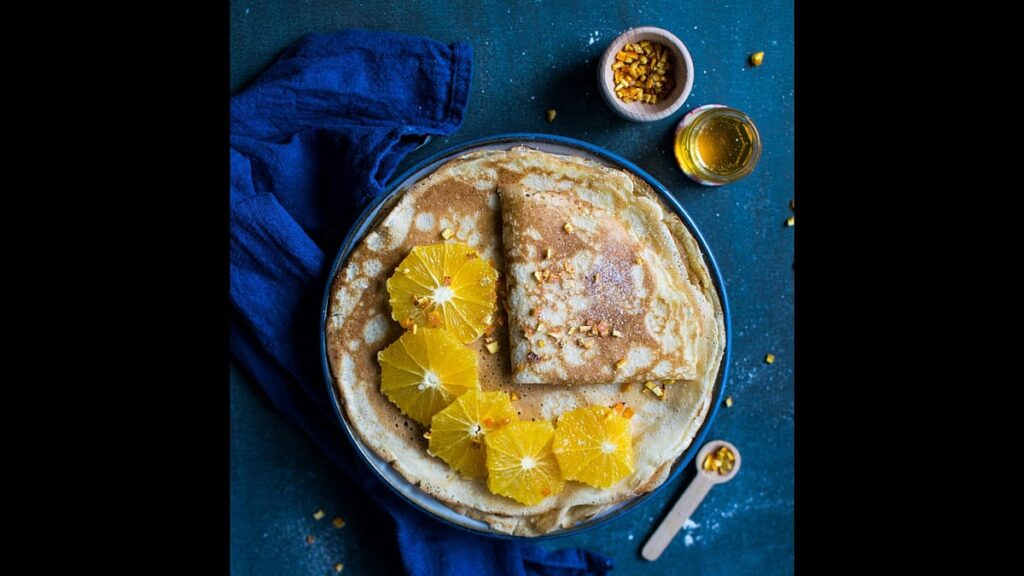I’ve often seen the relationship between food and fashion as a highly metaphorical one—where trends, seasonal shifts, and the art of bespoke presentation link the two. But in some culinary corners of the world, the connection becomes quite literal. Over my travels, I discovered scores of dishes that borrow their names from garments or textiles. These edible attire form a curious subculture of cuisine, revealing not just linguistic quirks but also deep-rooted cultural storytelling.
**Edible Attire**
Take *Ropa vieja*, for instance. This quintessential Cuban comfort dish translates to ‘old clothes.’ When the plate arrives—a mélange of shredded beef stewed in tomatoes, onions, and peppers—it’s clear how the dish earned its name. The strands of beef resemble torn fabric, evocative of threadbare garments. Its origins are believed to trace back to a Spanish or Cuban folktale in which a destitute man, desperate to feed his family, stews his clothing. Whether apocryphal or not, this story highlights the ingenuity of transforming humble ingredients into deeply satisfying fare.
In Trinidad, a beloved culinary staple goes by the name *Buss-up shut*, a colloquial adaptation of ‘burst-up shirt.’ This refers to the flaky, torn appearance of this style of paratha, which is hand-crushed after cooking to achieve its signature layered texture. Traditionally served with rich curries and stews, this dish reflects a Caribbean culture that marries linguistic playfulness with culinary pride.
The British Isles, never far from a dose of dark humour, offer *Dead Man’s Arm*, an alternative name for the jam roly-poly. This traditional suet pudding, often steamed in cloth or even an old shirt sleeve, emerges with a shape loosely resembling a human limb. While the name may be macabre, the dish—filled with jam and served with custard—is a nostalgic emblem of classic British desserts.
**Meat Cute**
The world of meat cuts also finds sartorial inspiration. *Skirt steak*, named for its resemblance to a pleated or flared garment, is a long, flat cut from the cow’s diaphragm. Favoured for its intense flavour and quick cooking time, it is especially prized in Mexican and Korean cuisines, where it is marinated and seared to perfection.
In France, the delicate folds of *Crêpe Suzette* evoke the soft draping of silk fabric. The term crêpe itself derives from the Latin *crispa*, meaning curled or wrinkled—apt for the way the thin pancake folds upon itself. Served flambéed in a citrusy Grand Marnier sauce, this dish is a refined example of edible elegance.
China’s *mantou* and *bao*—both steamed buns with a smooth, pillow-like texture—are sometimes likened to neatly folded socks or fabric bundles. Their gentle form speaks of precision and simplicity, staples of Chinese culinary philosophy.
**Fashioned Flavours**
Curiously, fashion once lent its name to food in a wholly different context. In 18th-century England, the term ‘macaroni’ was slang for individuals who adopted exaggerated continental styles of dress after visiting Europe. These men were called ‘macaronis’ because of their fondness for foreign trends—culinary and otherwise. The term eventually found its way into the American satirical song *Yankee Doodle*, underscoring the link between food and fashion in cultural critique.
Eastern European cuisines offer their own textile-inspired dishes. *Blintzes* and *sarma* (stuffed cabbage rolls) are wrapped with meticulous care, reminiscent of tightly folded scarves or carefully layered garments. They speak of domestic traditions and economies of abundance, where wrapping food symbolised both nourishment and ritual.
In the world of pastries, the *Napoleon Hat* (a Danish confection shaped like the French military icon’s signature bicorne) demonstrates the enduring interplay between form and historical reference.
**Russian Roulette**
Cocktails like the *White Russian* bring visual and cultural associations: one can easily picture the drink’s creamy, fur-like top layer in a frosted glass, evoking imagery of cold winters and overcoats.
Continuing with the Russian theme of edible elegance and evocative textures is *Herring Under a Fur Coat*, aka *shuba*—a beloved layered salad consisting of salted herring fillets covered in successive strata of grated potato, carrot, beetroot, and mayonnaise, topped finally with chopped eggs.
Its name is both literal and metaphorical: the ‘fur coat’ refers to the insulating vegetable layers enveloping the fish beneath, much like a thick winter garment. Vibrantly coloured and rich in contrasting textures, *shuba* is often served at festive gatherings.
And how can I forget our very own desi *roomali roti*? This exceptionally thin flatbread translates to ‘handkerchief bread.’ Watching it being prepared is akin to a performance: the dough is tossed and stretched until nearly translucent, then cooked on an upturned griddle and draped onto a plate like freshly pressed linen. Its theatrical presentation and supple texture make it a staple accompaniment to grilled meats and robust curries.
**More Than Just a Name**
Even Italian cooking evokes garment metaphors in less direct ways. Hand-rolled sheets of pasta have been compared to delicate underlayers—intimate, labour-intensive, and meant to be appreciated for their craftsmanship. As one *nonna* (grandmother) once told me, her pasta was “as thin and fine as my wedding slip,” a reminder that tradition often lives in both the kitchen and the wardrobe.
Ultimately, these dishes remind us that food, like fashion, is tactile, expressive, and often steeped in narrative. Whether evoking a worn shirt, a folded scarf, or a frayed hem, these names offer insight into how we see and describe the world around us. They are, in their own way, a testament to how language, memory, and sustenance are interwoven—each stitched together with care, culture… and yes, imagination!
https://www.freepressjournal.in/weekend/dressed-to-grill-know-the-stories-behind-fashion-inspired-dishes

